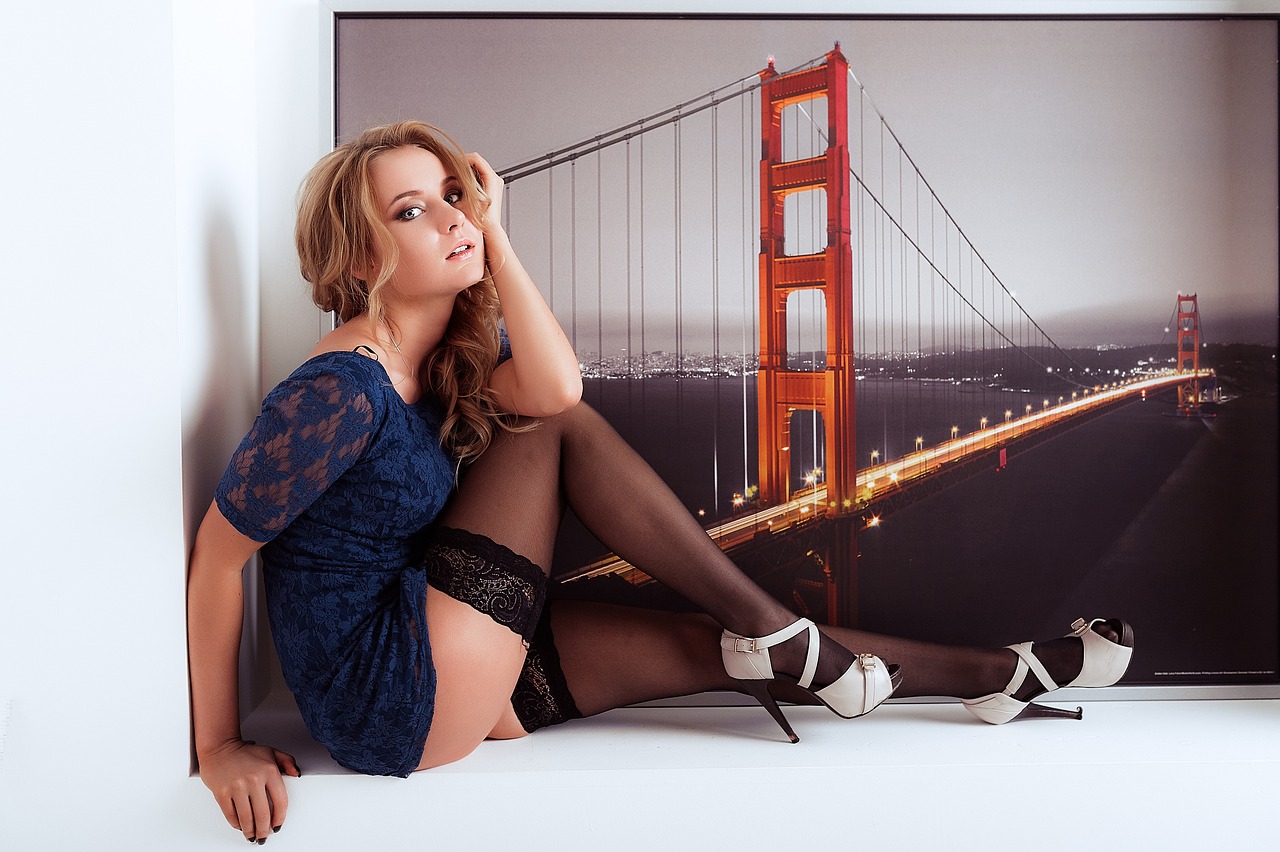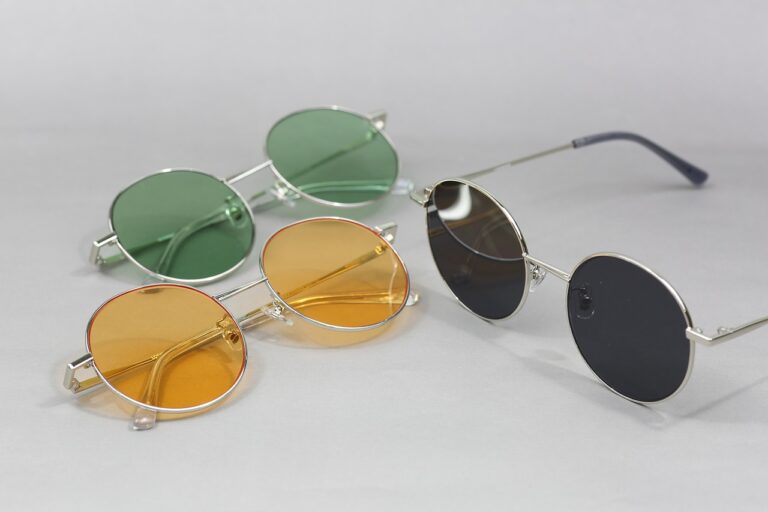Fashion in Literature: Exploring Style Through Classic and Contemporary Novels
Fashion has always played a significant role in literature, often serving as a reflection of societal norms, cultural values, and individual identities. In both classic and contemporary novels, authors have utilized clothing, accessories, and personal style to convey important themes, evoke emotions, and create memorable characters. Let’s delve into the world of fashion in literature and explore how it has been portrayed in some of the most iconic works of fiction.
Classic Novels
Classic novels are known for their rich descriptions of clothing and fashion, which provide readers with insights into the characters’ personalities, social status, and historical context. Here are some examples of classic novels that have showcased fashion in a memorable way:
“Pride and Prejudice” by Jane Austen
In Jane Austen’s “Pride and Prejudice,” clothing serves as a key element in defining the characters’ social status and personalities. The novel’s protagonist, Elizabeth Bennet, is often described as having a practical and understated style, in contrast to her more fashion-conscious sisters. Mr. Darcy’s elegant and refined appearance reflects his wealth and high social standing, while other characters’ clothing choices reveal their values and aspirations.
“The Great Gatsby” by F. Scott Fitzgerald
F. Scott Fitzgerald’s “The Great Gatsby” is renowned for its vivid descriptions of 1920s fashion, particularly the extravagant outfits worn by the characters attending Gatsby’s lavish parties. The novel captures the spirit of the Jazz Age through its portrayal of glamorous flapper dresses, sharp suits, and opulent accessories. The characters’ fashion choices symbolize their desire for wealth, status, and self-expression in a rapidly changing society.
“Anna Karenina” by Leo Tolstoy
Leo Tolstoy’s “Anna Karenina” offers a glimpse into the world of 19th-century Russian high society, where fashion played a crucial role in defining social hierarchies and personal relationships. The title character, Anna Karenina, is described as a fashion icon whose luxurious wardrobe reflects her beauty, elegance, and inner turmoil. The novel’s detailed descriptions of clothing and etiquette provide a window into the characters’ inner lives and the rigid norms of their society.
Contemporary Novels
In contemporary literature, fashion continues to be a powerful tool for character development, world-building, and storytelling. Authors use clothing and style to explore themes such as identity, consumerism, gender, and cultural diversity. Here are some examples of contemporary novels that have integrated fashion into their narratives:
“The Devil Wears Prada” by Lauren Weisberger
Lauren Weisberger’s “The Devil Wears Prada” follows the story of a young woman, Andy Sachs, who lands a job as an assistant to the powerful and demanding fashion magazine editor Miranda Priestly. The novel delves into the cutthroat world of high fashion, with detailed descriptions of designer labels, runway shows, and office dress codes. Fashion becomes a symbol of power, ambition, and self-expression in a competitive industry where image is everything.
“Crazy Rich Asians” by Kevin Kwan
Kevin Kwan’s “Crazy Rich Asians” offers a satirical take on the extravagant lifestyles of Singapore’s elite, where fashion plays a central role in defining social status and relationships. The novel showcases designer brands, couture gowns, and luxury accessories as status symbols for the ultra-rich characters. Through the characters’ fashion choices, the novel explores themes of wealth, class, cultural heritage, and the pressures of conforming to societal expectations.
“The Hunger Games” by Suzanne Collins
Suzanne Collins’ “The Hunger Games” trilogy features a dystopian world where fashion is used as a tool for propaganda, control, and rebellion. The Capitol’s elaborate costumes and makeup transform the tributes into larger-than-life figures for the televised games, reinforcing the government’s authority and the citizens’ compliance. The protagonist, Katniss Everdeen, navigates the deadly arena while challenging the Capitol’s fashion dictates and promoting individuality and resistance through her own style choices.
Conclusion
As demonstrated by the examples above, fashion in literature serves as a powerful storytelling device that enhances the readers’ understanding of characters, themes, and settings. Whether in classic novels or contemporary fiction, clothing and style offer insights into the characters’ personalities, social contexts, and emotional journeys. By exploring the intersection of fashion and literature, we can gain a deeper appreciation for the ways in which clothing shapes our identities, values, and experiences.
FAQs
1. How does fashion contribute to character development in literature?
Fashion can reveal a character’s personality, social status, cultural background, and emotional state. Clothing choices, accessories, and personal style help readers to connect with characters on a deeper level and understand their motivations and relationships.
2. Are there any literary works that specifically focus on fashion as a central theme?
Yes, there are some novels that explore fashion as a central theme, such as “The Devil Wears Prada” by Lauren Weisberger, “The Shopaholic” series by Sophie Kinsella, and “The Dressmaker” by Rosalie Ham. These books delve into the world of fashion, beauty, and consumerism, offering insights into the industry’s glamour, pressures, and contradictions.
3. How has the portrayal of fashion in literature evolved over time?
Throughout literary history, the portrayal of fashion has evolved to reflect changing cultural norms, social attitudes, and technological advancements. While classic novels often focused on specific social conventions and historical styles, contemporary literature explores a broader range of themes, including gender identity, sustainability, and globalization, through the lens of fashion.






